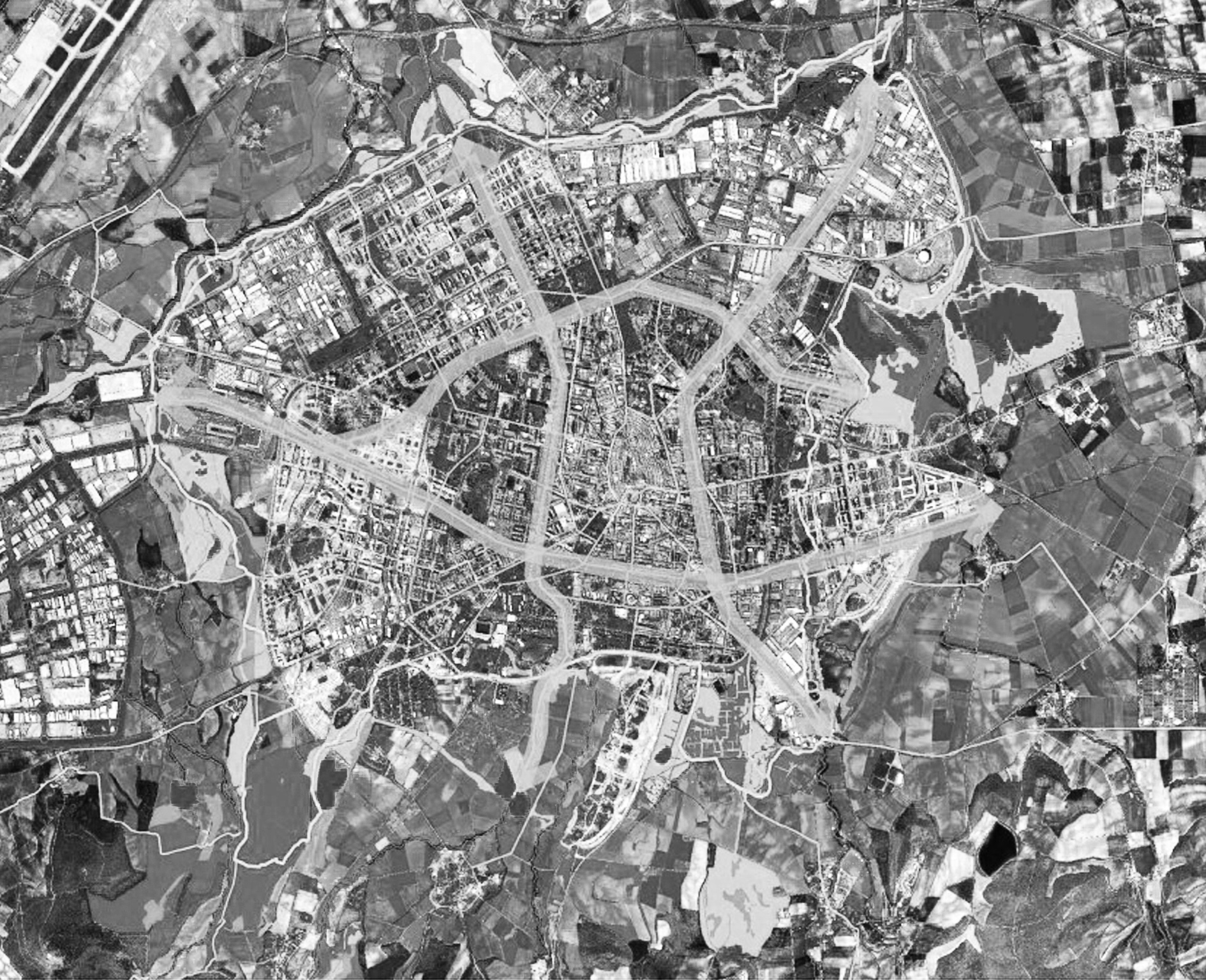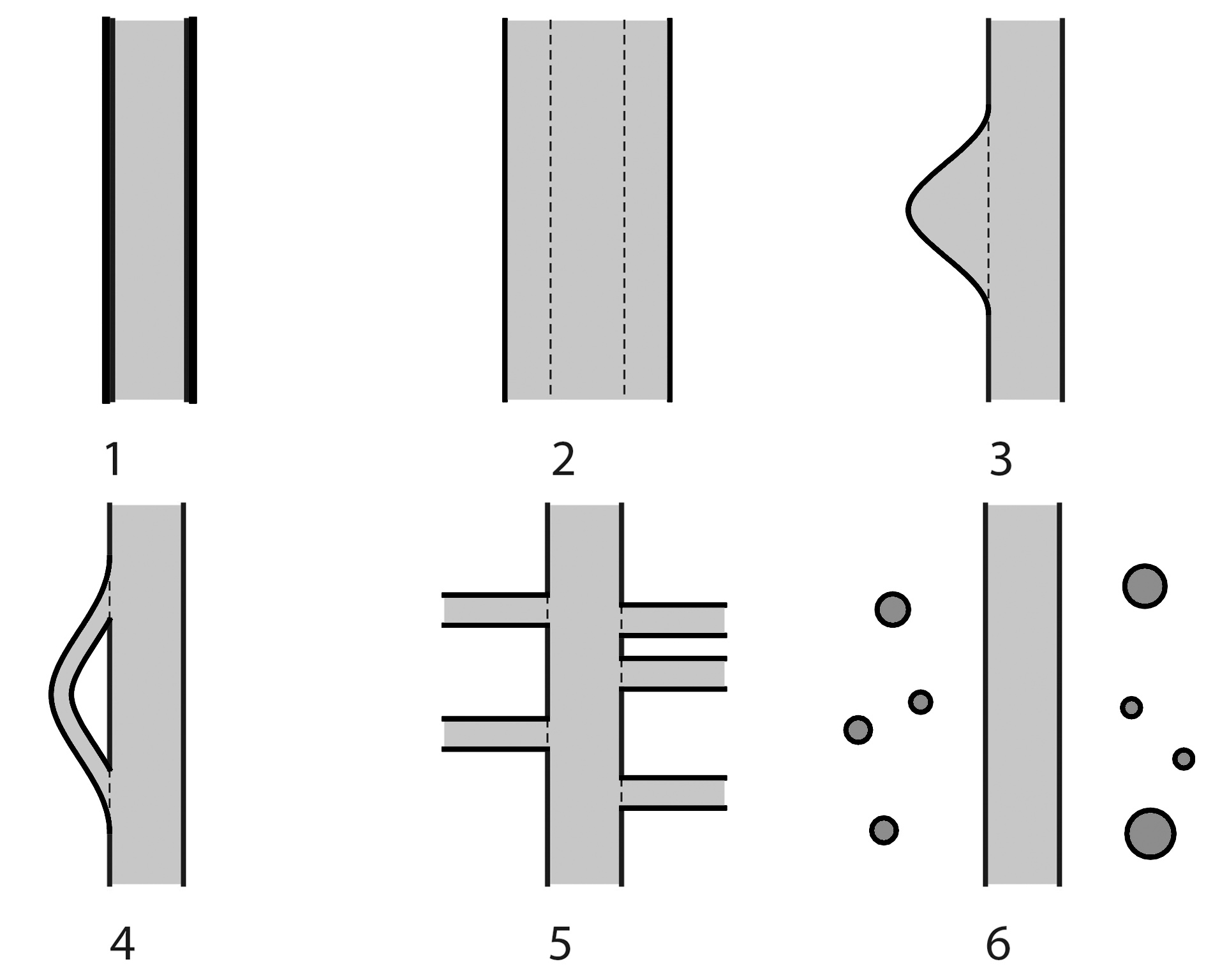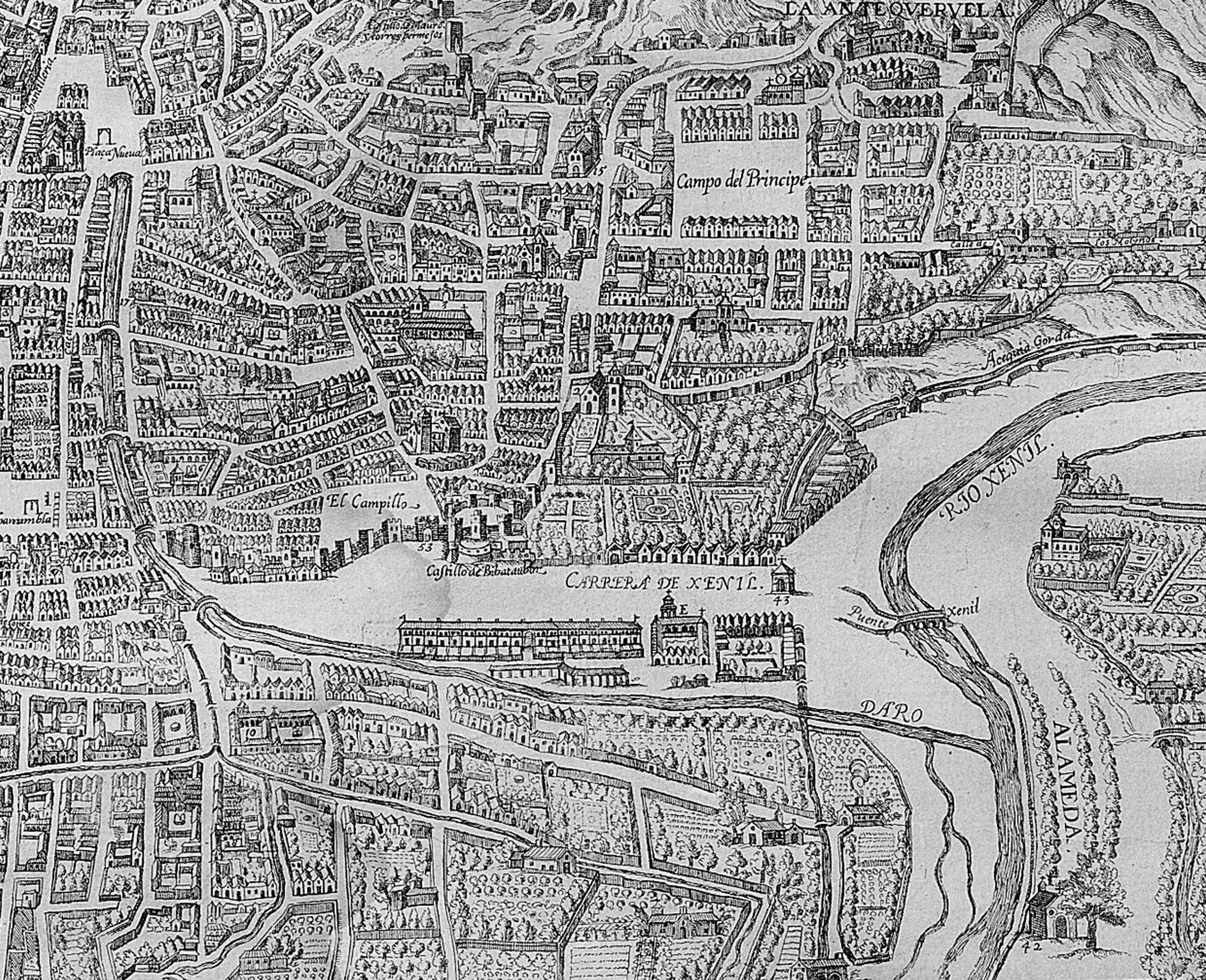GREEN AND BLUE INFRASTRUCTURES. INTEGRATION TOOLS FOR URBAN AND TERRITORIAL REGENERATION
introduction
Irene Poli
European agendas’ and international organizations’ growing attention to sustainable urban development issues is closely related to the current awareness of the territorial-scale consequences produced by the unlimited urban growth in the last decades of the late 20th century. The global phenomena of ecosystem fragmentation, loss of biodiversity, progressive artificialization of hydrographic networks and soil sealing are increasingly worsened by emerging environmental challenges related to climate change. Indeed, the intensifying effects of climate change are generating significant impacts on ecosystems and human health, especially in areas characterized by high levels of urbanization and environmental fragility. Against this backdrop, the most advanced fronts of debate and experimentation related to land governance are turning toward constructing a new model of urban development and identifying significant intersections with ecology and landscape to find proactive and resilient responses to the extreme vulnerability of the contemporary city. Since the ‘90s, with the global explosion of the environmental issue, reformist experimentation has led to the introduction of a sustainable urban development model, keen on limited territorial resources and risks.













